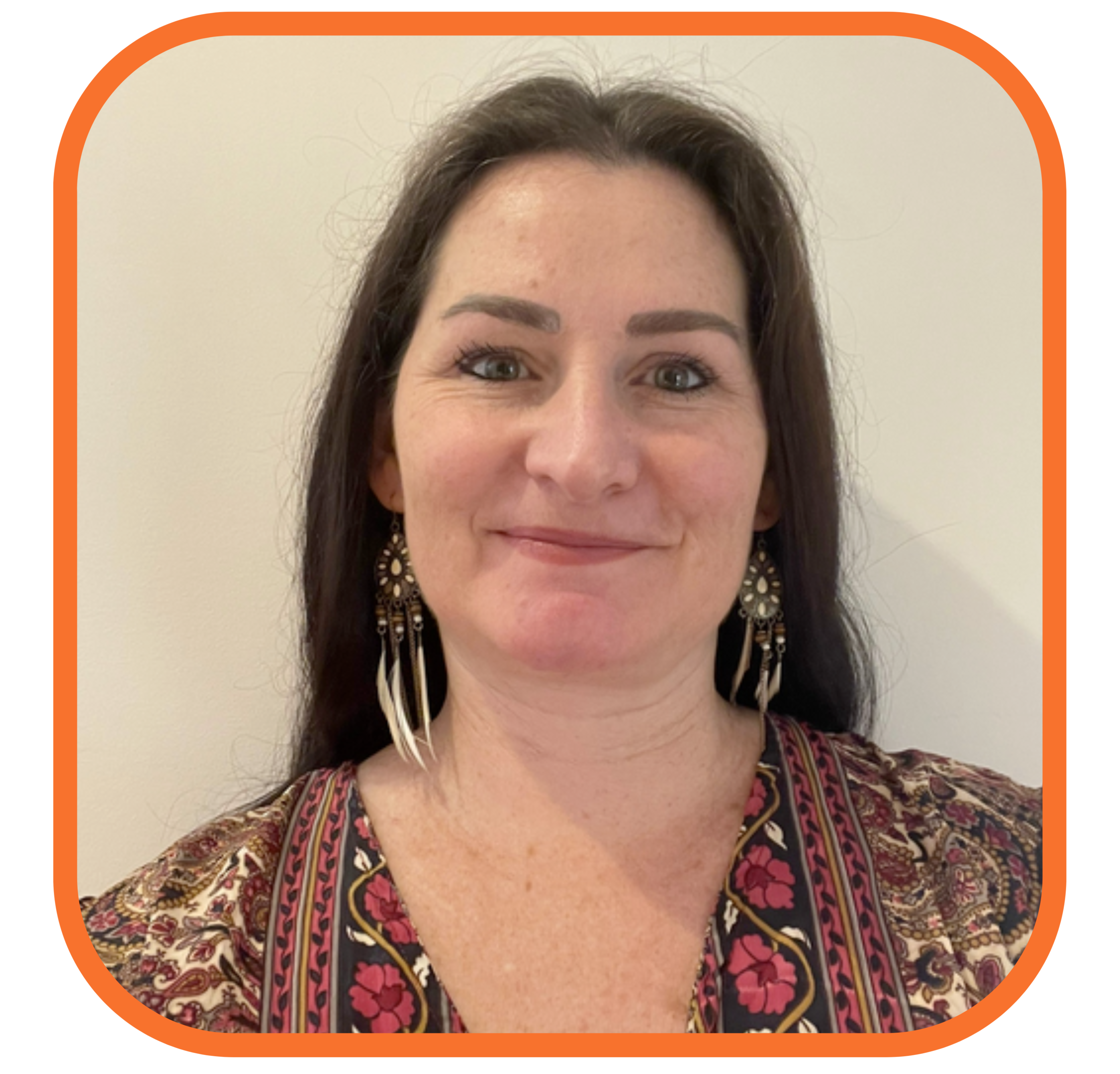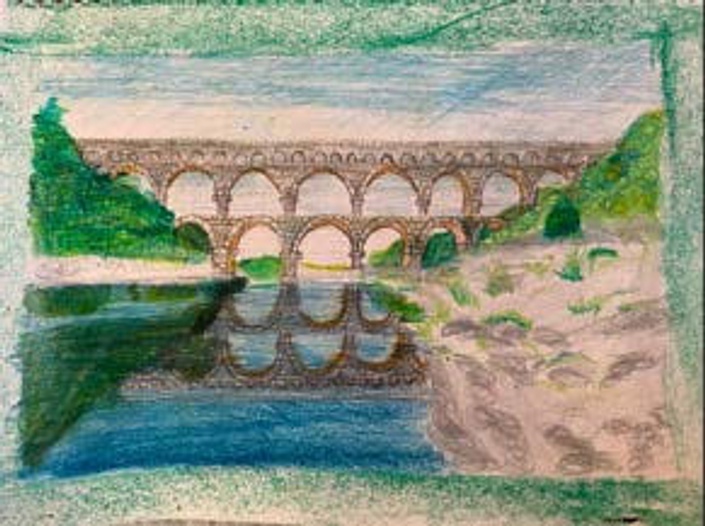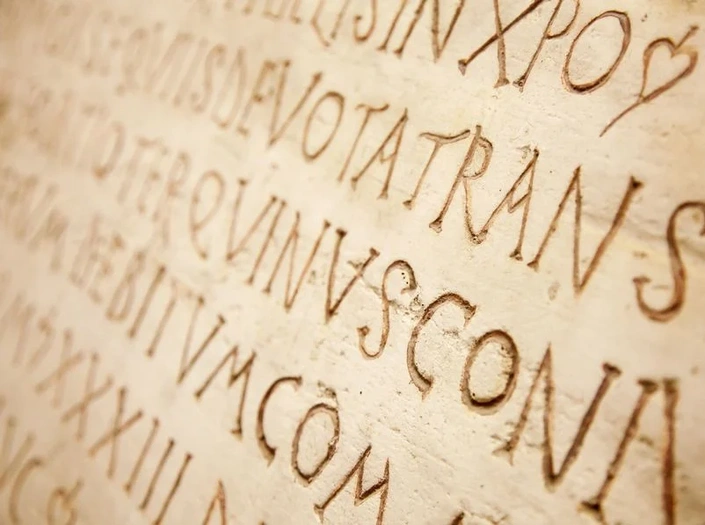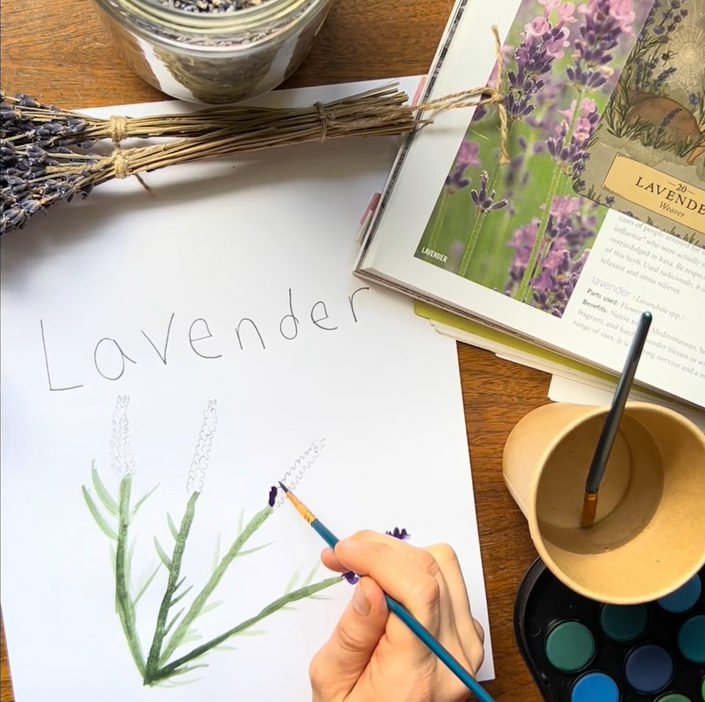Dear Parents,
This course is designed to help students understand the profound impact of the Renaissance, exploring key individuals and their contributions to art, culture, and intellectual thought.
Why Study the Renaissance?
The Renaissance is often taught from a Eurocentric perspective because it began in Europe and had a significant influence on European art, culture, and ideas. For American students, it's important to learn about this period because it lays the groundwork for understanding Western culture and its ongoing influence around the world. The Renaissance introduced concepts like individualism, scientific exploration, and artistic innovation that continue to shape modern thought. By studying this era, students will gain insight into the historical and cultural developments that have shaped both Europe and the Americas, and appreciate how global history and cultural exchanges are interconnected.
Course Overview:
In this course, we'll start by exploring the lives of two extraordinary women through their personal experiences and the historical context in which they lived. This approach will help us understand their remarkable strength and resilience while offering a broader view of their impact. Our goal is to provide a richer understanding of history by highlighting the often-overlooked contributions of women alongside those of men.
Course Outline: Renaissance and Historical Figures
Lesson 1: Eleanor of Aquitaine
- Focus: Eleanor’s life and her role during the Crusades, including her political and cultural influence.
- Purpose: Eleanor’s story helps us understand the significant roles women have played in history and provides insights into leadership and influence.
Lesson 2: Joan of Arc
- Focus: Joan’s leadership during the Hundred Years’ War and her enduring legacy.
- Purpose: Joan’s story offers valuable lessons in courage and personal conviction, highlighting her impact on history.
Lesson 3: Comparative Essay
- Focus: An essay comparing Eleanor of Aquitaine and Joan of Arc, focusing on their lives and contributions.
- Purpose: This exercise promotes critical thinking and helps students synthesize their understanding of these influential figures.
Lesson 4: The Gutenberg Press and the Renaissance
- Focus: The invention of the Gutenberg press, its impact on knowledge dissemination, and its role in the Renaissance.
- Purpose: Understanding the Gutenberg press reveals how technological advancements contributed to the Renaissance’s intellectual and cultural revival.
Lesson 5: Girolamo Savonarola
- Focus: Savonarola’s influence on Florence, his religious reforms, and his role during the Renaissance.
- Purpose: Savonarola’s story sheds light on the religious and moral debates of the time, adding depth to our understanding of the Renaissance.
Lesson 6: The Medici Family
- Focus: The Medici family's political and economic influence on Renaissance art and culture.
- Purpose: Examining the Medici family highlights how wealth and patronage shaped the Renaissance, emphasizing the connection between finance and culture.
Lesson 7: Factors Leading to the Renaissance
- Focus: Key factors that contributed to the Renaissance, including economic changes, the Crusades, and the rise of humanism.
- Purpose: Understanding these factors helps students connect broader historical trends with the emergence of the Renaissance.
Lesson 8: Giotto di Bondone
- Focus: Giotto’s contributions to art, including his innovative approach to realism and perspective.
- Purpose: Giotto’s work marks the beginning of Renaissance art and provides a foundation for understanding artistic evolution during this period.
Lesson 9: Giotto's Artwork Reconstruction
- Focus: Hands-on reconstruction and analysis of Giotto’s artwork.
- Purpose: This activity allows students to appreciate the technical aspects of Giotto’s art and understand its significance.
Lesson 10: Filippo Brunelleschi
- Focus: Brunelleschi’s architectural innovations, particularly his work on the dome of Florence Cathedral.
- Purpose: Brunelleschi’s achievements in architecture illustrate Renaissance problem-solving and innovation.
Lesson 11: Leonardo da Vinci – The Mona Lisa
- Focus: Leonardo’s techniques in the Mona Lisa, including drawing using the grid method.
- Purpose: Studying Leonardo’s work highlights Renaissance ideals of realism and innovation, and the grid method exercise helps students grasp his artistic techniques.
Lesson 12: Leonardo da Vinci – Mirror Writing and Bridge Design
- Focus: Leonardo’s use of mirror writing and his bridge designs.
- Purpose: Exploring these aspects of Leonardo’s work reveals his creative genius and contributions to both art and engineering.
Lesson 13: Michelangelo Buonarroti
- Focus: Michelangelo’s major works, including his sculptures, paintings, and architectural achievements.
- Purpose: Michelangelo’s masterpieces are central to Renaissance art and offer insight into the artistic excellence of the period.
Lesson 14: Raphael Sanzio
- Focus: Raphael’s contributions to Renaissance art, focusing on his compositions and the School of Athens.
- Purpose: Raphael’s work exemplifies Renaissance harmony and balance, enriching our understanding of artistic developments during this time.
Lesson 15: Review and Reflection on Artistic Developments
- Focus: Review the key artistic developments of the Renaissance, connecting the contributions of Giotto, Brunelleschi, Leonardo, Michelangelo, and Raphael.
- Purpose: This review reinforces students’ understanding of Renaissance art and the interconnectedness of different artists’ contributions.
Lesson 16: Final Project and Presentation
- Focus: Students create and present a project synthesizing their learning about the Renaissance and its key figures.
- Purpose: The final project encourages creative expression and critical thinking, allowing students to demonstrate their comprehensive understanding of the course material.
This course integrates personal exploration with historical understanding, aiming to provide a holistic view of the Renaissance and its enduring impact.
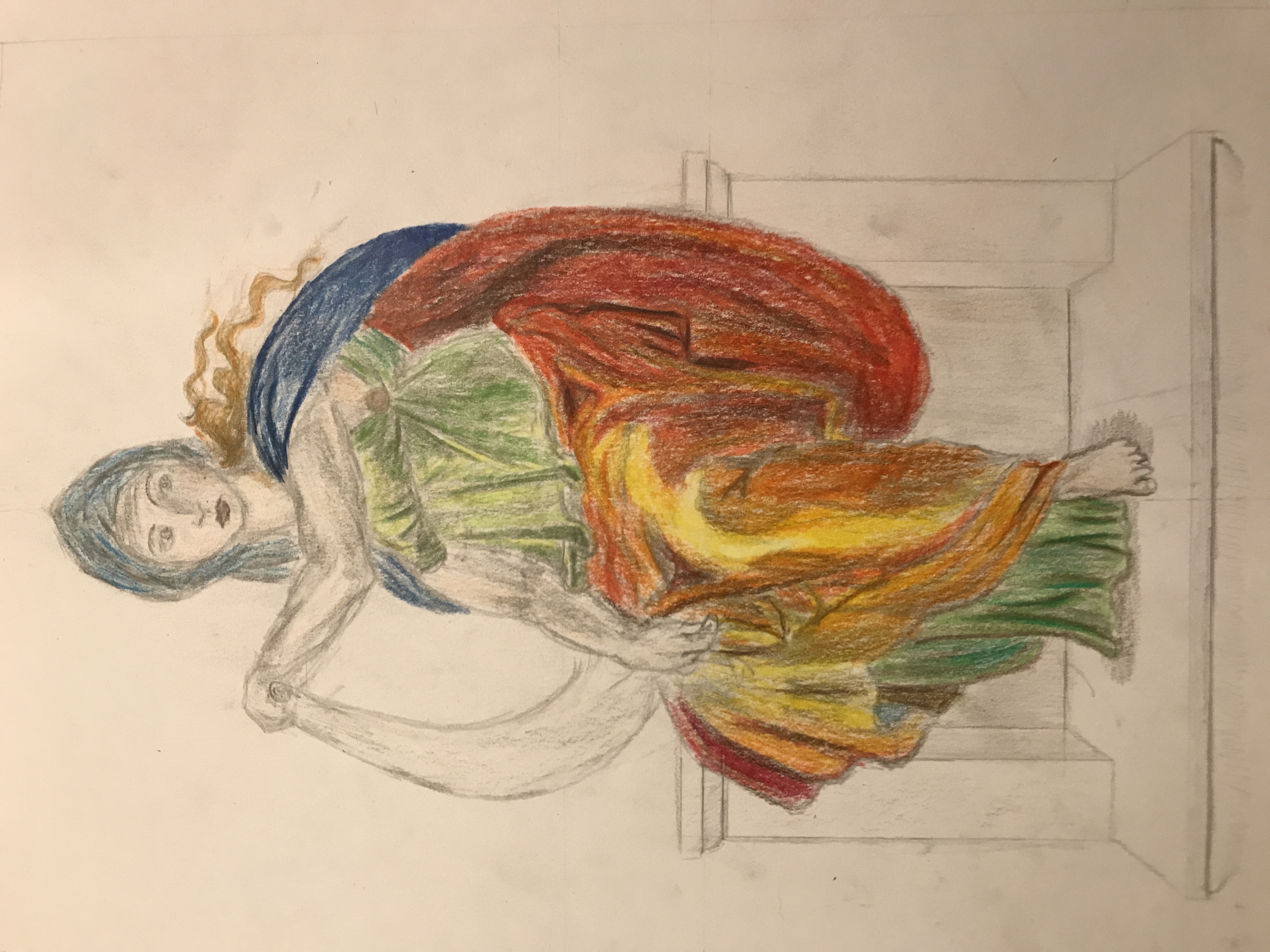

Daily Lessons
- Lesson 1: Eleanor of Aquitaine (34:57)
- Lesson 2: Joan of Arc (26:46)
- Lesson 3: Comparative Essay (19:16)
- Lesson 4: The Gutenberg Press and the Renaissance (21:28)
- Lesson 5: The Medici Family (25:28)
- Lesson 6: Savonarola and the Bonfire of the Vanities (30:07)
- Lesson 7: Factors Leading to the Renaissance (21:15)
- Lesson 8: Giotto di Bondone (26:51)
- Lesson 9: Giotto's Artwork Reconstruction (35:25)
- Lesson 10: Filippo Brunelleschi (39:51)
- Lesson 11: Leonardo da Vinci – The Mona Lisa (42:25)
- Lesson 12: Leonardo da Vinci – Mirror Writing and Bridge Design (29:35)
- Lesson 13: Leonardo’s Technology (41:07)
- Lesson 14: Leonardo’s Art (32:59)
- Lesson 15: Michelangelo’s Life (33:09)
- Lesson 16: Michelangelo’s Art (43:38)
- Lesson 17: Raphael’s Life (19:53)
- Lesson 18: Raphael’s Art (40:12)
Learn More About Ms. deLeca
Samantha de Leca is a long-time Waldorf homeschool parent and teacher. Eighteen years ago she began her homeschool journey with her firstborn son. Her eldest two children have completed their Waldorf schooling and are embarking on their life’s journey with a true love of learning and a confident sense of self. She has a 14-year-old rising 9th grader and an 8-year-old rising 2nd grader.
She has dived deeply into hundreds of Waldorf books, spent years working closely with Waldorf teachers, and eventually qualified as a Waldorf teacher with a degree in Early childhood education, and a postgraduate in Waldorf pedagogy and anthroposophy. She has taught in multi-level classes in global brick and mortar and online Waldorf Schools from South Africa, to Canada, USA and Ireland.
She has taught two Waldorf cycles of class 1-9 with her own children. She taught grade 7 at the Village Waldorf School in South Africa. She taught grades 1,2,3,4 and 5 at the Dublin Steiner school in Ireland. A member of the Anthroposophical Society of Ireland, she taught grades 1 through 6 at the Kildare Steiner School in Ireland, and she supported the grade 1 teacher as a mentor at the Squamish Waldorf School in Canada. She taught grade 6 online in 2020 and she is currently teaching class 7 and 8 online.
She is a lifelong learner, continuously attending courses and conferences, adding what she learns to her live lessons. These lessons are organic, evolving every year with the children that are placed before her. She is passionate about the lesson content and curriculum that she delivers. She is happy to be part of the Streaming for Humanity teaching team and looks forward to sharing meaningful lessons with her students.
